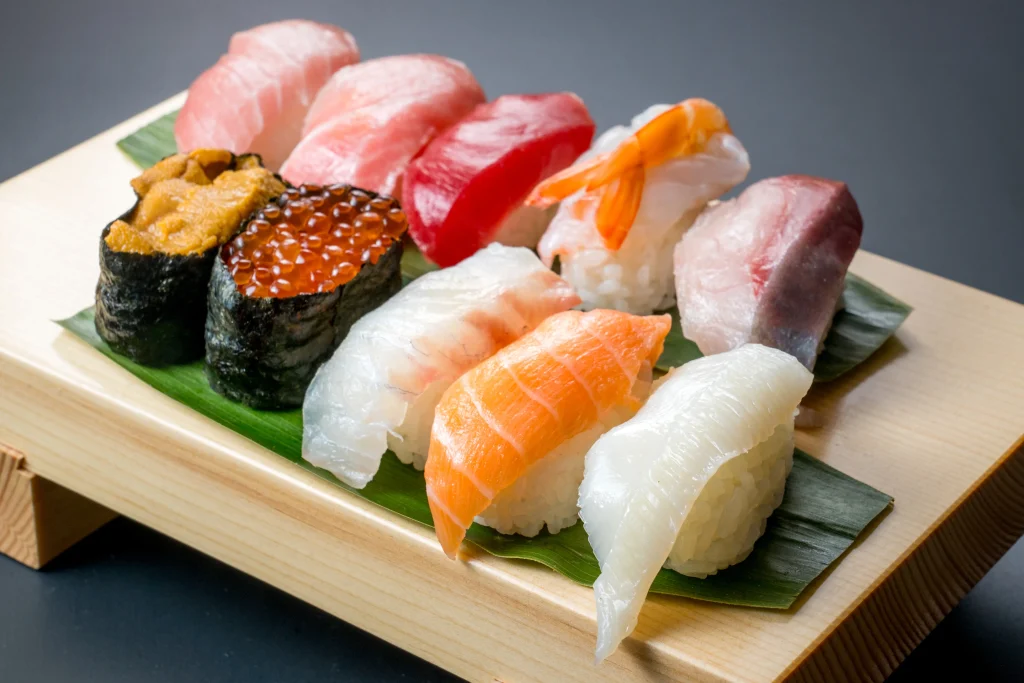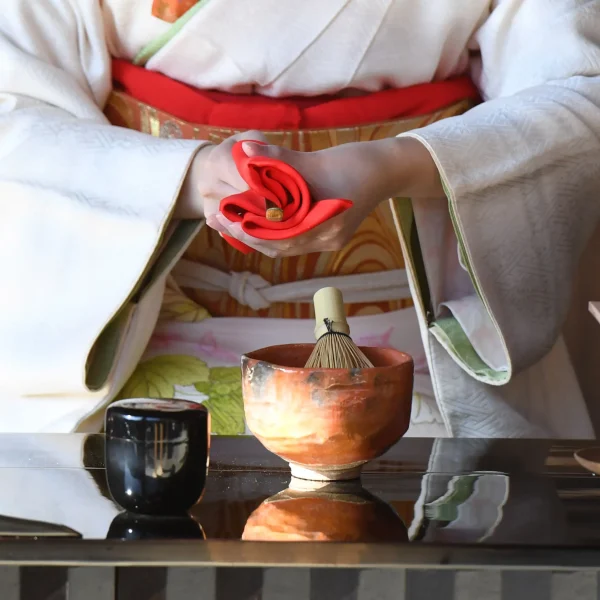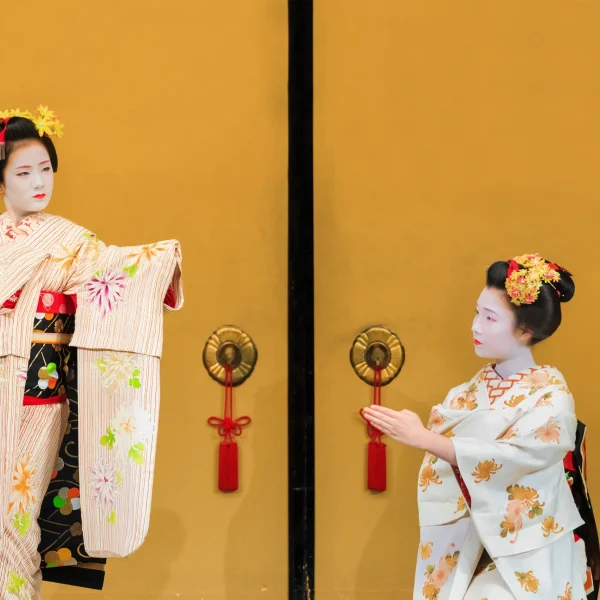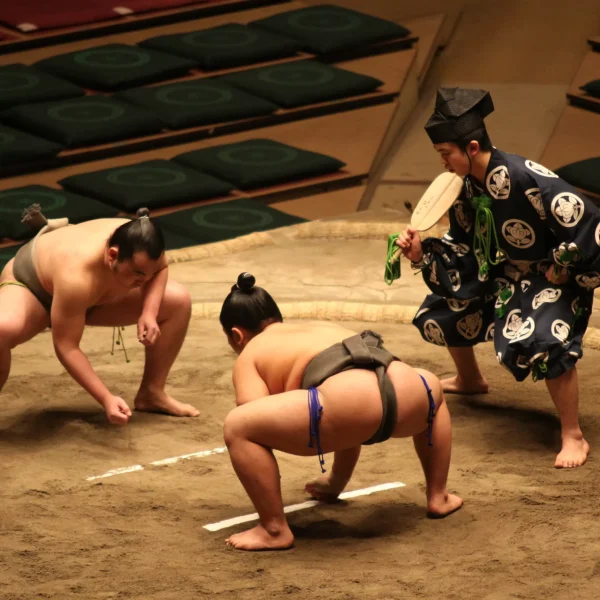Sushi, a quintessential part of Japanese cuisine, continues to draw global attention. With its minimalist style that enhances the natural flavor of ingredients, seasonal selections that reflect Japan’s four seasons, and the refined techniques of skilled chefs, sushi offers an experience that transcends a mere meal. In this article, we explore why sushi has remained beloved in Japan for centuries—delving into its history, different types, how it compares to sushi abroad, tips for first-timers, and even options suitable for those who are pregnant. As you uncover the many layers of sushi’s appeal, we invite you to discover the style of sushi that best suits your taste.
The History and Popularity of Sushi

Why has sushi continued to be so deeply loved in Japan?
One reason is that it allows people to fully enjoy the rich flavor of fresh seafood, all while keeping it simple. The perfect balance with vinegared rice enhances the natural umami of the ingredients, turning each piece into a reflection of the chef’s skill. Sushi also makes full use of seasonal ingredients that reflect Japan’s four seasons. Tasting different toppings each season brings new discoveries and lets you enjoy the passage of time through flavor.
So how did sushi become so widely popular?
Let’s take a look at the background of how sushi came to be so beloved in Japan, from a historical perspective. The origins of sushi date back to the Nara period. At the time, it took the form of narezushi—fermented fish used mainly as a preserved food. The nigiri sushi (hand-pressed sushi with seafood on top of vinegared rice) style we know today appeared in the early Edo period in Tokyo (then Edo). It was served at food stalls as a type of fast food and quickly became a familiar favorite among everyday people. From the 1980s onward, sushi experienced a boom both in Japan and abroad, firmly establishing itself as a signature Japanese dish.
While sushi has evolved over time, it continues to be loved by many. Its main appeal lies in its simplicity, which highlights the original flavor of the ingredients. With no heavy seasoning, the freshness of the fish and the chef’s craftsmanship come through in every bite—it’s a delicate and profound cuisine.
Types of Sushi in Japan
Sushi in Japan comes in a wide variety of styles. The most iconic is nigiri sushi, where a chef places fresh seafood on vinegared rice and shapes it by hand. This straightforward style lets you experience the full quality of the ingredients.
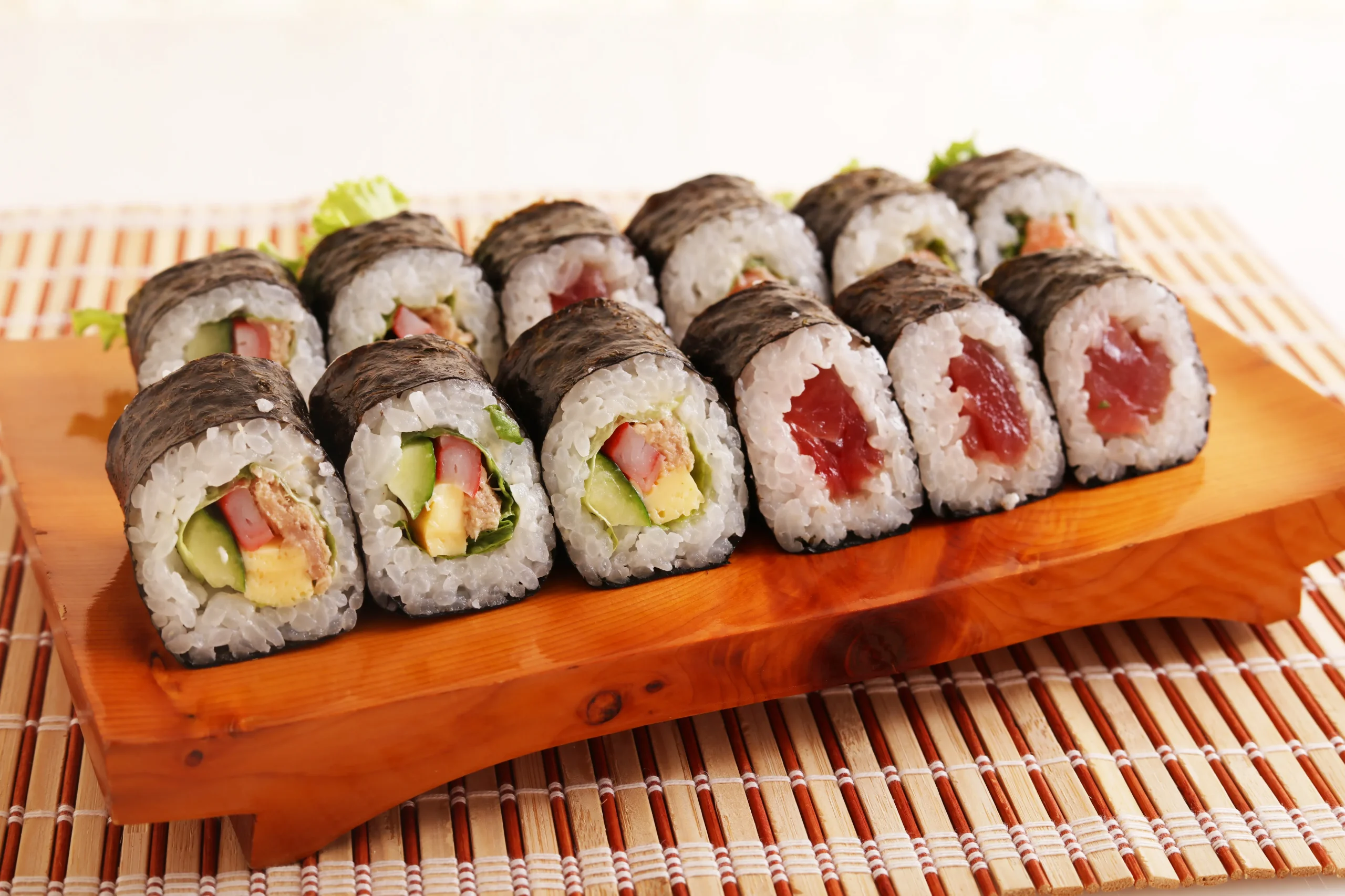
Maki sushi is made by rolling vinegared rice and fillings in seaweed. With many variations like thick and thin rolls, it’s easy to prepare at home and has become a familiar favorite.
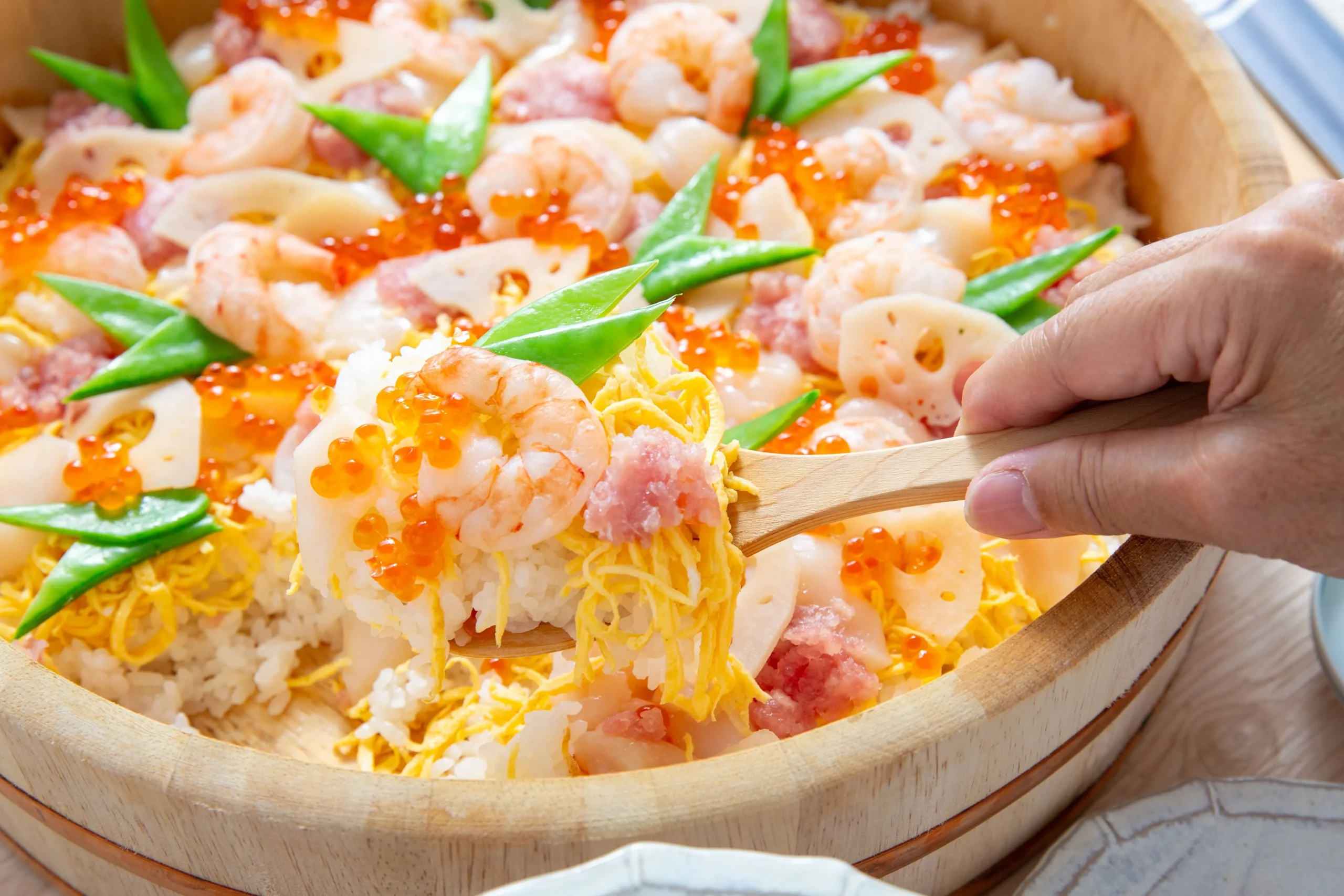
Chirashi sushi is a vibrant dish with colorful ingredients beautifully arranged over vinegared rice. It’s often served during special events like Hinamatsuri (Girls’ Day) and other celebrations.
Differences Between Sushi in Japan and Overseas
Sushi in Japan is quite different in style from the sushi enjoyed abroad.
Outside Japan, creative rolls like the California Roll or Dragon Roll, often made with ingredients such as avocado, cream cheese, and spicy mayo, are very popular. They’re visually eye-catching and full of bold flavors, reflecting how sushi has evolved into a form of fusion cuisine.
In contrast, Japanese sushi focuses on bringing out the natural flavors of the ingredients. Using fresh seafood and pairing it with simple vinegared rice, the result is a subtle taste that highlights the chef’s skill. Wasabi and soy sauce are typically used to complement the ingredients. In Japan, different fish are used throughout the year to reflect the seasons. Being able to taste the transitions of the seasons through sushi is one of the unique pleasures of Japanese culinary culture.
Sushi or Sashimi: Which Should You Try First?
If you’re new to eating raw seafood, sushi is a good place to start. The vinegared rice, wasabi, and seaweed help soften the fishy flavor, making it easier to enjoy. Sashimi, on the other hand, is raw fish served without any seasoning. Since it delivers the freshness and quality of the fish directly, it can feel a bit challenging for beginners. Try sushi first to get used to the taste of raw fish, and once you’re comfortable, give sashimi a try too.
What is “Omakase”?
Omakase, often seen at sushi restaurants in Japan, is a style where the chef selects that day’s recommended items for you. Seasonal ingredients and the chef’s signature selections are served one by one in the most flavorful order. Since you don’t need to choose anything yourself, it’s great for those unfamiliar with sushi or experiencing high-end sushi for the first time. Sitting close to the chef, you can enjoy light conversation while savoring the care and craftsmanship in each piece.
Is Sushi Expensive?
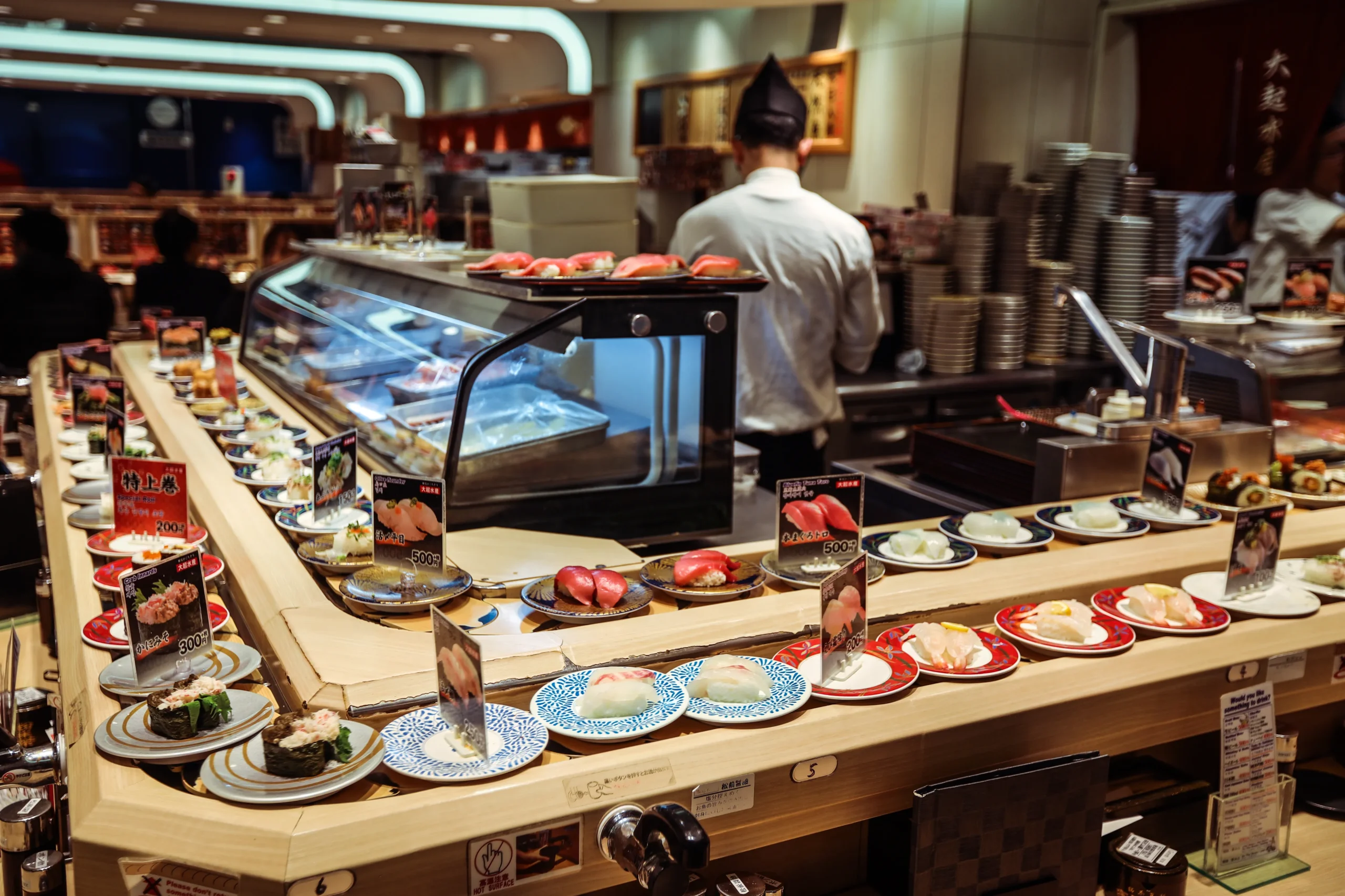
Sushi is often thought of as a high-end cuisine. In upscale sushi restaurants where chefs craft each piece by hand at the counter, omakase courses typically range from ¥8,000 to ¥30,000 per person. The price reflects carefully selected seasonal ingredients, the chef’s refined skills, and the exclusive experience of dining in a serene, elegant setting.
On the other hand, Japan offers plenty of more casual and affordable sushi options. At conveyor belt sushi chains found throughout the country, you can enjoy a wide variety of sushi for just ¥100 to ¥200 per plate, making them popular among families. Many restaurants also offer nigiri sets for around ¥1,000 at lunchtime, and sushi is readily available at reasonable prices from supermarkets and takeout shops.
Whether you’re dining on a budget or celebrating a special occasion, there’s a style of sushi to match your needs and preferences.
Can You Eat Sushi While Pregnant?
It is possible to enjoy sushi while pregnant, but pregnancy often lowers immunity, increasing the risk of food poisoning or parasites. Special care should be taken with raw seafood. Here, we’ll go over specific precautions and safer sushi toppings you can enjoy during pregnancy.
Sushi Toppings to Avoid During Pregnancy
Raw seafood carries risks of foodborne illness and methylmercury exposure, so caution is advised.
It’s best to avoid the following toppings:
- Fish high in methylmercury: ōtoro, chūtoro, and certain types of tuna
- Higher food poisoning risk: raw oysters, squid, and blue-backed fish (like mackerel and horse mackerel)
Your sensitivity to these risks may vary depending on your health or pregnancy stage, so consult your doctor if you’re unsure.
Sushi Toppings to Enjoy During Pregnancy
If you’re pregnant, sushi made with cooked ingredients or vegetables is usually a safer choice.
- Cooked toppings: tamagoyaki (sweet egg), boiled shrimp, steamed crab, simmered octopus, tuna mayo, roast beef, and more
- Vegetable rolls: avocado roll, kappa (cucumber) roll, natto roll, kanpyō roll, shinko (pickled radish) roll, etc.
Many sushi restaurants offer a wide variety of cooked and vegetable-based items. Asking the staff beforehand can help ensure a safe and enjoyable experience.
Summary
Sushi has a long history and rich cultural tradition, and its appeal continues today thanks to the craftsmanship of sushi chefs and their commitment to quality ingredients. The beauty of nigiri, the delicate flavors of seasonal ingredients, and the care put into each piece—sushi is truly a form of edible art. From casual conveyor belt sushi to traditional counters where chefs prepare each piece before your eyes, Japan offers many ways to enjoy sushi. When you visit Japan, be sure to try sushi at a traditional restaurant and experience its flavor and culture firsthand.
